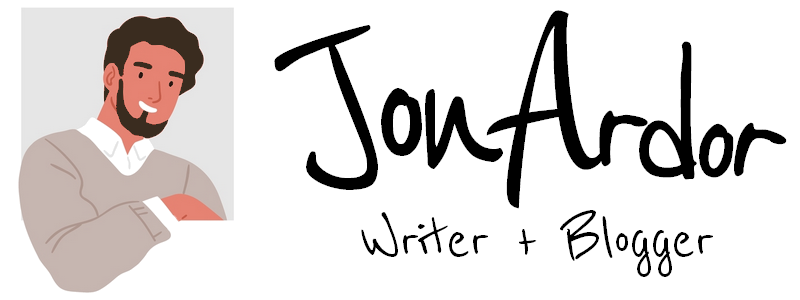10 Hacks for Unclogging a Toilet
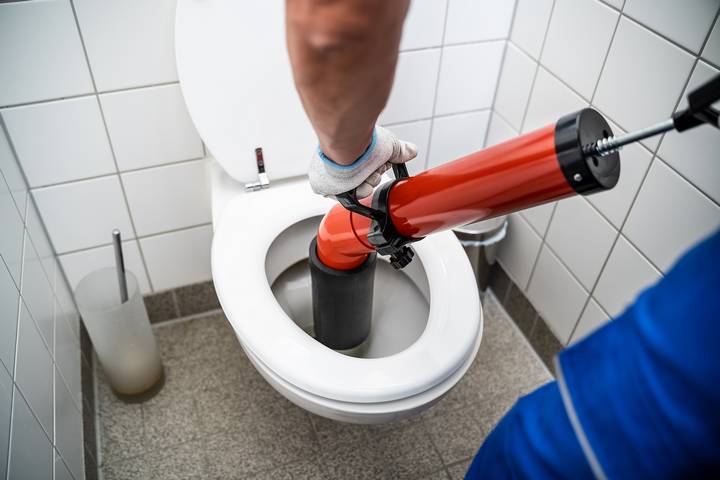
A clogged toilet can lead to flushes not working, overflowing water, and messes that you don’t want to have to see or clean up. Fixing a clogged toilet is a priority if you’re dealing with such risks. If you have a plunger, this is a great place to start unclogging your toilet.
That said, a toilet repeatedly getting clogged suggests it may be better to take a different route to fix what’s going on and address the underlying cause.
Here are some hacks for unclogging a toilet. If you don’t know these, you could run into trouble that you don’t know how to immediately fix when resolving a toilet clog.
Close the toilet flapper to stop overflowing.
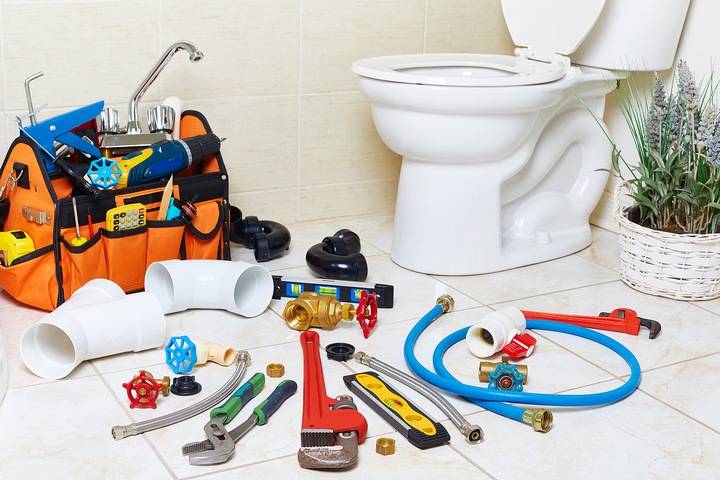
As you initially come to unclog a toilet, you may flush it and see the water rise, getting ready to overflow. Don’t panic. Take the lid off the toilet tank. Reach in and close the toilet flapper. This will prevent more water from rushing in, hopefully providing the time for what’s there to slowly go down.
Plunge carefully at a dozen plungers per cycle
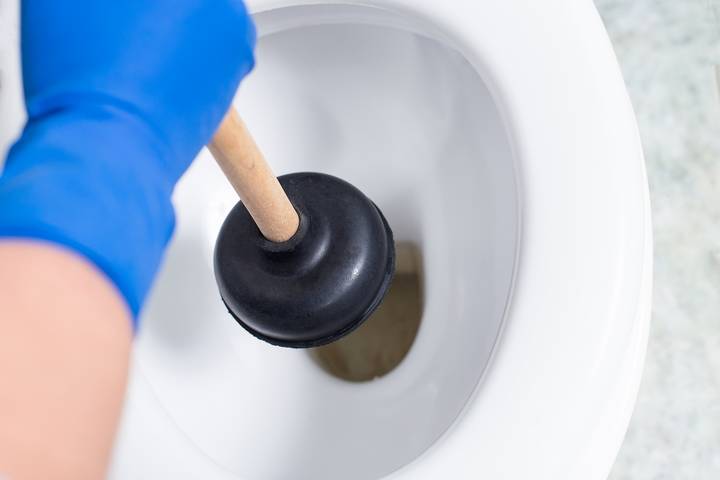
The best hack for unclogging a toilet is to use a plunger. It’s a little uninventive, but it works. When you go to plunge, ensure there’s enough water to submerge the head of the plunger.
Maintain a seal over the hole in the toilet. Be patient and plunge a dozen times per cycle. It may take a few cycles to loosen a clog. The ultimate test is to flush the toilet to determine if the clog has cleared.
If you smell gas, contact a plumber.
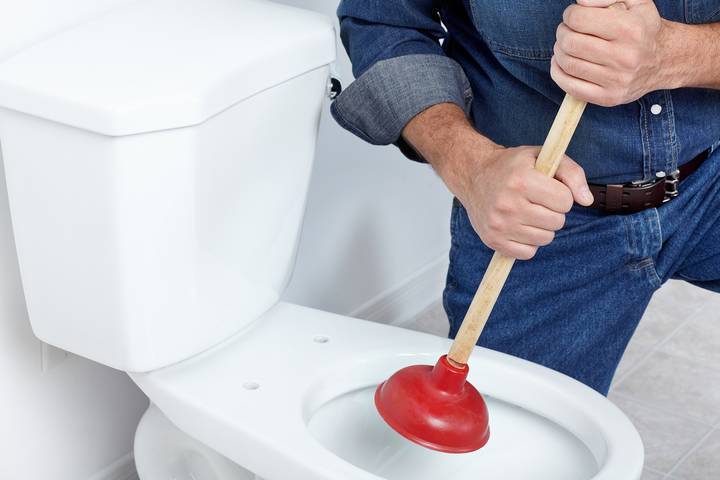
The scent of gas from the sewer pipe suggests an issue with the sewer. A plumber has to examine what’s going on. This is not a job a homeowner can perform. If gas is what you smell from around a toilet, open your window and reach out to a plumber.
For an object, use a toilet auger.
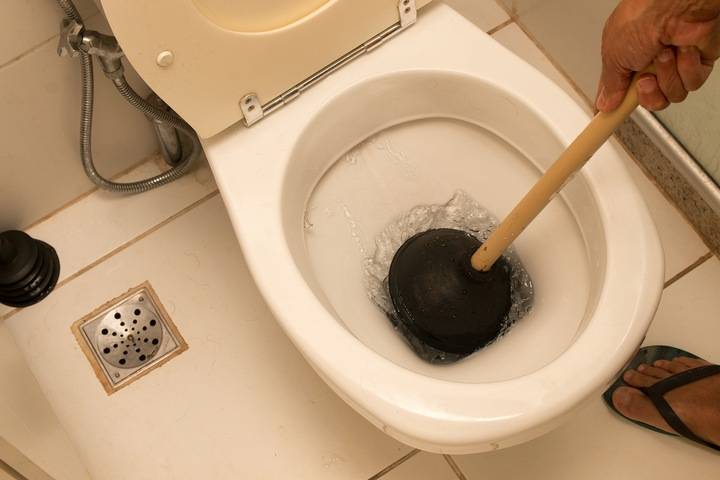
An auger, or drain snake, is a flexible coil of wire that will extend into the pipes, twist and break apart any clogs, and hook onto an object that may be stuck there.
Feed the drill and crank the handle to twist the auger when you reach the obstruction. If a children’s toy or something solid is in your toilet’s plumbing, this may be the most effective way to get it out without pushing it further down the pipeline.
Remove your toilet to feed the auger deeper
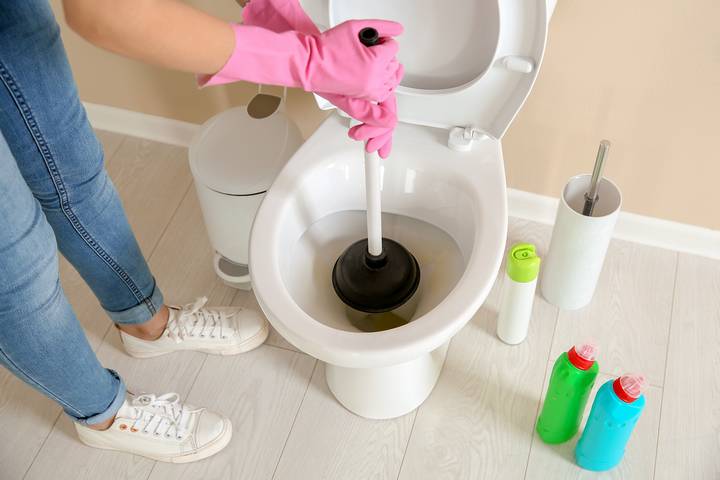
When you can’t unclog a toilet from plunging and a drill, consider removing the toilet to get better access to the drain. Before you do, disconnect the water supply and use a shop vacuum to remove all standing water from the toilet.
Then, unscrew the bolts at the toilet base, lift the toilet, and slide it forward. After exposing your drain, send the auger directly down and repeat the same technique.
Avoid coat hangers or a garden hose
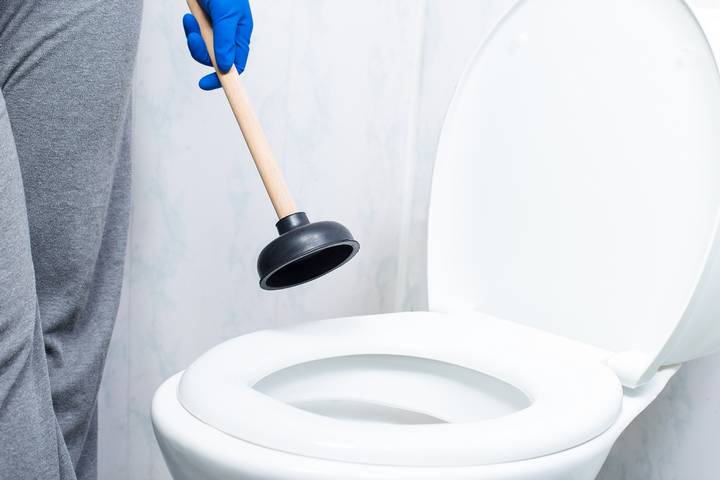
An unbent coat hanger is generally not recommended as it could scrap and scratch your toilet bowl. That said, if you don’t mind those scratches, this can be a quick way to plunge and twist in the drain, agitating anything that may be stuck in the path of the pipe.
A garden hose, by comparison, is the least effective tool for a toilet clog because it’s likely to nudge it further down the pipeline, potentially requiring a more expensive fix from a professional plumber.
Use a toilet-specific drain declogger
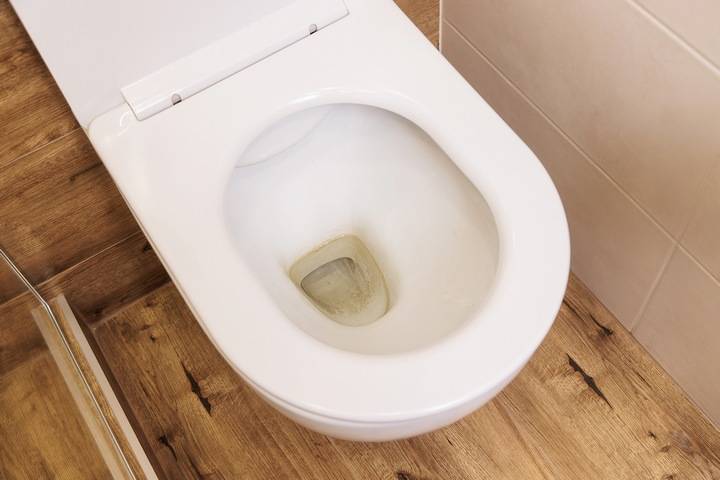
A chemical drain declogging can break down an organic clog with ease. Ensure it is toilet-specific. Some decloggers can damage a toilet’s plumbing. There are also natural products that you can buy that use enzymes that break down organic waste.
A 1:2 ratio mix of baking soda to vinegar plus some hot water can also loosen obstructions when allowed to sit overnight.
Don’t mix chemicals with other chemicals
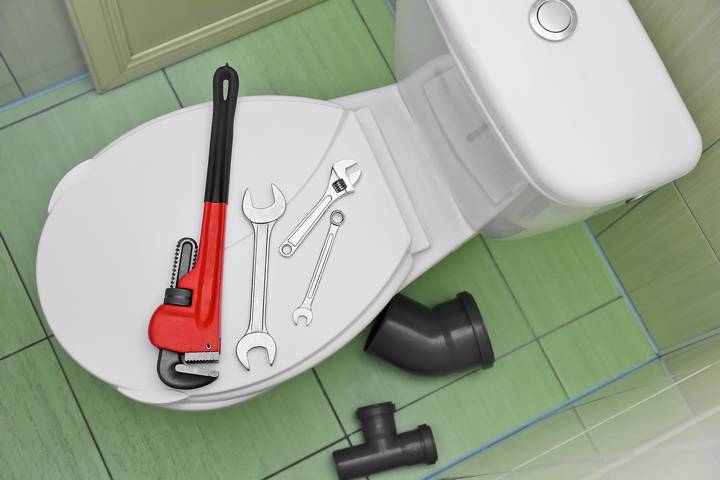
Never mix two chemical products in the same toilet. Chemicals are toxic and corrosive and can interact with one another. If you pursue a chemical mixture of some kind to try and unclog a toilet, do not try a second different mixture.
Don’t use boiling water in your toilet
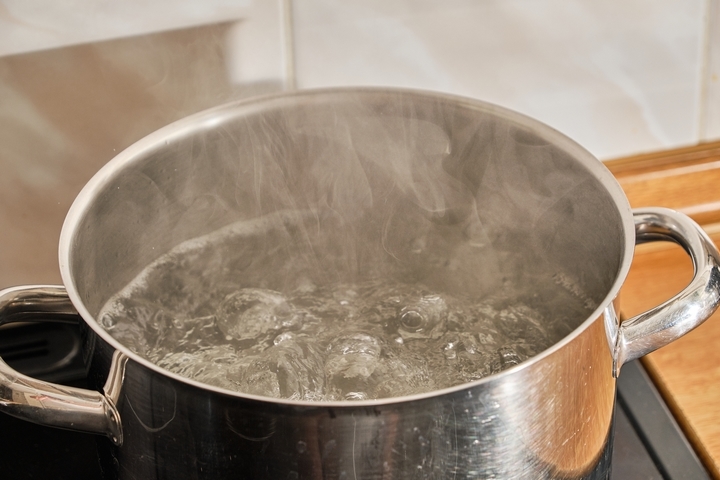
Boiling water has the risk of breaking your porcelain. Do not use it. Some say it’s a toilet-declogging hack to pour a gallon of hot water into your toilet bowl and then try to flush it down to dislodge a blockage. Rarely will this do anything except risk permanently messing up your toilet bowl.
Cut down on the cause of toilet clogs
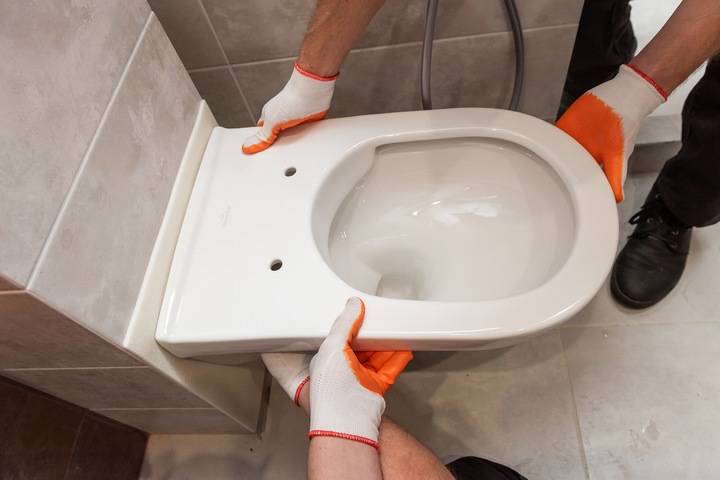
If your toilets become clogged a few times, it’s time to look seriously at the cause and make changes. For many reasons, flushing heavy paper – such as paper towels, sanitary products, or wipes – down the toilet does the damage. You also never want to pour into your toilet grease, wax products, and similar substances that can solidify.
A lack of water pressure is another potential cause of a clogged toilet. This causes an inability to push through the waste that is there.
